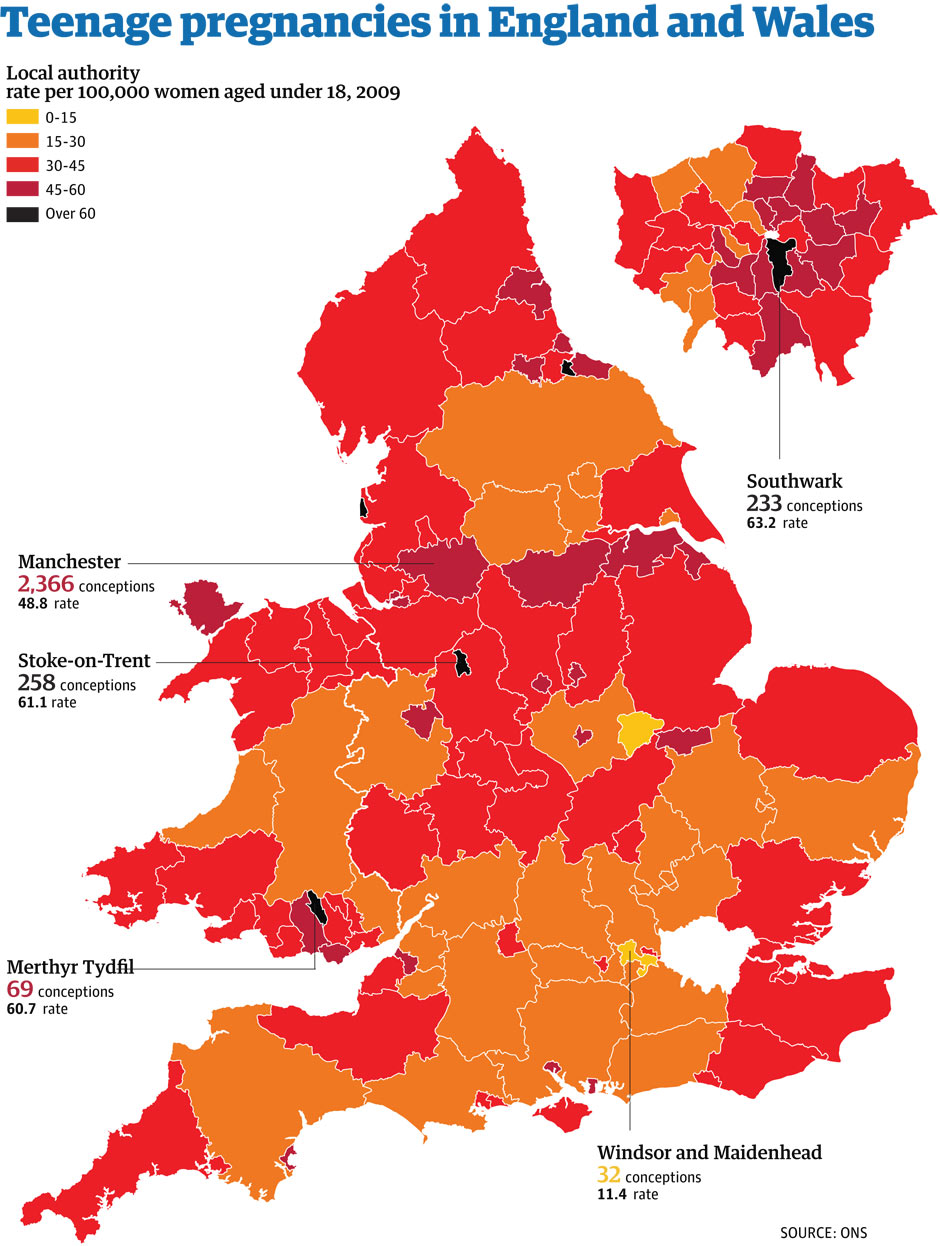
Teenage Pregnancy in the UK: A Comprehensive Analysis
Introduction
Teenage pregnancy has been a persistent concern in the United Kingdom, with significant social and economic implications. This article provides a comprehensive analysis of teenage pregnancy in the UK, examining its prevalence, causes, consequences, and interventions aimed at reducing its incidence.
Prevalence
Teenage pregnancy rates in the UK have declined significantly over the past few decades. In 2020, the conception rate for women aged 15-19 was 20.2 per 1,000 women, down from 47.5 in 1990. However, the UK still has one of the highest teenage pregnancy rates in Western Europe.
Causes
The causes of teenage pregnancy are complex and multifaceted. They include:
- Socioeconomic factors: Teenage pregnancy is more common among young women from disadvantaged backgrounds, with low educational attainment and limited employment opportunities.
- Cultural factors: Some cultures and communities have more permissive attitudes towards teenage sexual activity, which can contribute to higher pregnancy rates.
- Lack of education and access to contraception: Many teenagers lack comprehensive sex education and access to affordable and effective contraception, which increases their risk of unplanned pregnancy.
- Peer pressure and social norms: Teenagers may feel pressured to engage in sexual activity by their peers or by societal expectations.
Consequences
Teenage pregnancy can have significant consequences for both the young mother and her child.
For the Young Mother:
- Health risks: Teenage mothers are more likely to experience pregnancy complications, such as premature birth, low birth weight, and postpartum depression.
- Educational and economic challenges: Teenage pregnancy can disrupt education and employment opportunities, leading to lower income and limited career prospects.
- Social stigma and isolation: Teenage mothers often face social stigma and judgment, which can lead to isolation and mental health problems.
For the Child:
- Health risks: Children born to teenage mothers are more likely to have low birth weight, developmental delays, and chronic health conditions.
- Cognitive and behavioral problems: Children of teenage mothers may have lower cognitive abilities and higher rates of behavioral problems.
- Social and economic disadvantages: Children born to teenage mothers are more likely to live in poverty, experience educational difficulties, and have poor health outcomes.
Interventions
Recognizing the negative consequences of teenage pregnancy, the UK government and various organizations have implemented a range of interventions aimed at reducing its incidence. These include:
- Comprehensive sex education: Providing teenagers with accurate and age-appropriate information about sexual health, contraception, and relationships.
- Access to contraception: Ensuring that teenagers have access to a wide range of affordable and effective contraceptive methods.
- Youth support services: Providing young people with access to counseling, support groups, and other services that can help them navigate the challenges of adolescence.
- Targeted interventions for high-risk groups: Identifying and providing additional support to teenagers who are at high risk of pregnancy, such as those from disadvantaged backgrounds or with histories of sexual abuse.
Challenges and Future Directions
Despite the progress made in reducing teenage pregnancy rates, there are still significant challenges to address.
- Persistent socioeconomic disparities: Teenage pregnancy rates remain higher among young women from disadvantaged backgrounds, highlighting the need for targeted interventions to address these inequalities.
- Cultural barriers: Some cultures and communities continue to have permissive attitudes towards teenage sexual activity, which can make it difficult to reduce pregnancy rates.
- Limited access to contraception: Access to affordable and effective contraception remains a challenge for some teenagers, particularly those from marginalized groups.
To further reduce teenage pregnancy rates, future efforts should focus on:
- Addressing socioeconomic inequalities: Providing young people from disadvantaged backgrounds with opportunities for education, employment, and support.
- Challenging cultural norms: Promoting positive and healthy attitudes towards sexual health and relationships through education and community outreach.
- Expanding access to contraception: Ensuring that all teenagers have access to a wide range of affordable and effective contraceptive methods.
- Empowering young people: Providing young people with the knowledge, skills, and support they need to make informed decisions about their sexual health.
Conclusion
Teenage pregnancy in the UK remains a complex and multifaceted issue with significant social and economic consequences. While progress has been made in reducing pregnancy rates, there are still challenges to address. By implementing evidence-based interventions and addressing the underlying causes of teenage pregnancy, we can create a society where all young people have the opportunity to reach their full potential.